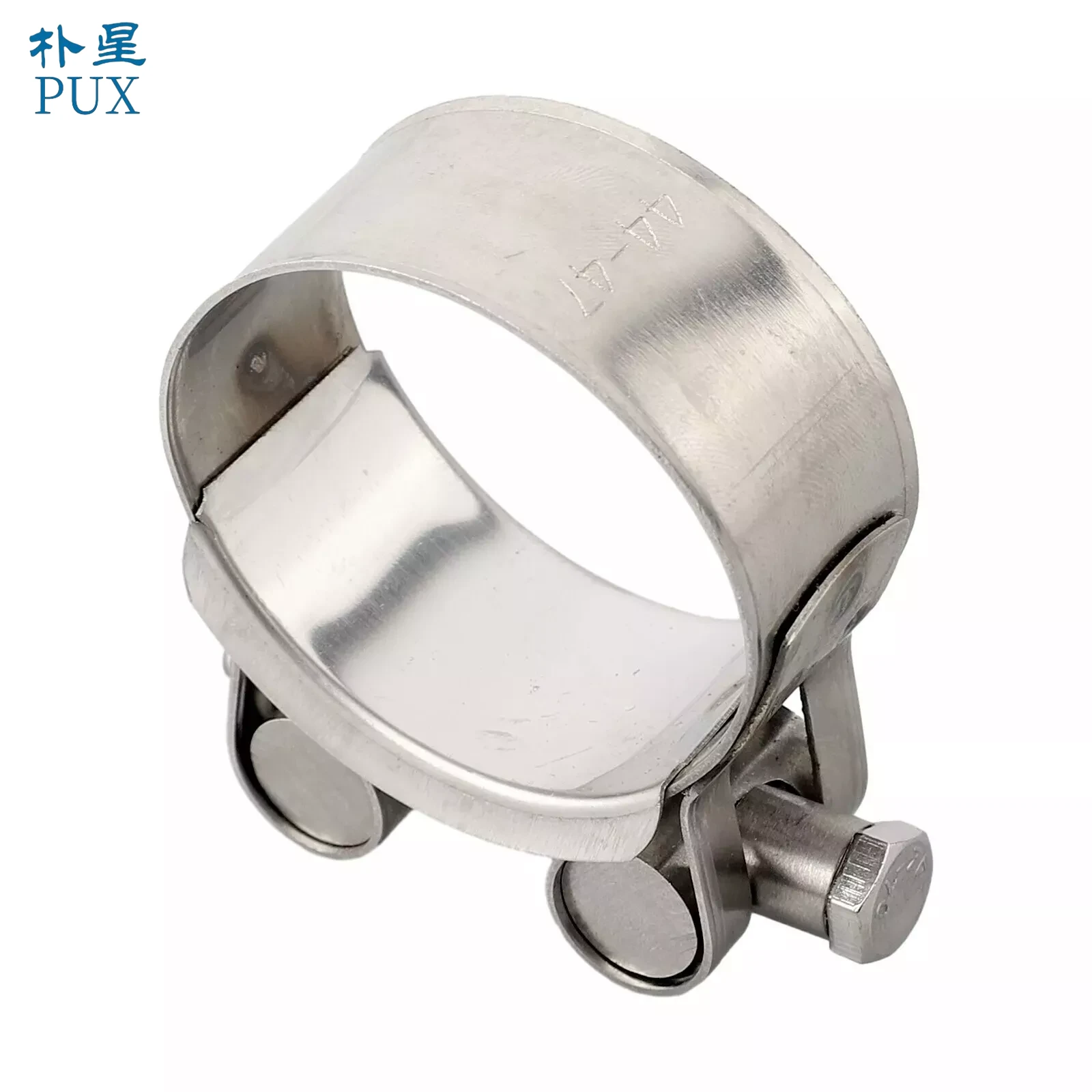- Phone:+86-17331948172 +86-0319-8862898
- E-mail: inquiry@puxingclamp.com
Nov . 27, 2024 13:19 Back to list
How to Safely Remove Hose Clamps for Easy Access and Maintenance
Removing Hose Clamps A Step-by-Step Guide
When it comes to automotive maintenance or plumbing repairs, dealing with hose clamps is often an essential task. These small, yet crucial components are used to secure hoses to fittings and tubing, ensuring that fluids do not leak and that systems function efficiently. However, removing hose clamps can be a challenge if you aren’t familiar with the process. In this article, we will explore the different types of hose clamps, the tools you need, and a step-by-step guide for safely removing them.
Types of Hose Clamps
Before diving into the removal process, it's important to understand the types of hose clamps you may encounter. The most common types include
1. Screw (or Worm Gear) Clamps These are the most widely used clamps, featuring a metal band with a screw mechanism for tightening. 2. Spring Clamps These clamps provide tension with a spring and can be more challenging to remove due to their design. 3. Pliers-Operated Clamps These require specific pliers to pinch the clamp, allowing it to slide over the hose. 4. Ear Clamps These have a raised section (or ear) that must be crimped to release the clamp.
Knowing which type you’re dealing with will dictate the tools and methods needed for removal.
Tools Required
To successfully remove hose clamps, you’ll need a few essential tools
- Pliers Ideally, you should have a pair of hose clamp pliers, but regular pliers can suffice for some types. - Screwdriver A flathead or Phillips screwdriver may be needed for screw-type clamps. - Torque Wrench Useful if you're dealing with high-torque applications. - Safety Gloves Protect your hands from sharp edges or hot surfaces. - Container To catch any fluids that may leak out when the hose is removed.
Step-by-Step Removal Process
removing hose clamps

1. Safety First Start by ensuring that the engine is cool and that you’ve disconnected any necessary power sources. This prevents accidental starts and burns from hot components.
2. Identify the Clamp Type Assess the type of hose clamp you’re dealing with. For screw-type clamps, locate the screw head; for spring clamps, spot the spring mechanism.
3. Prepare the Area Place a container under the hose connection to catch any leaking fluids. This is especially important in automotive applications, where fluids can be harmful to the environment.
4. Loosen the Clamp - For Screw Clamps Use a screwdriver to turn the screw counterclockwise. Ensure you do not strip the screw head. - For Spring Clamps Grip the clamp with pliers and compress it to release the tension. Be cautious, as these clamps can snap back. - For Pliers-Operated Clamps Use the specialized pliers to compress the clamp. This will allow you to slide it off the hose. - For Ear Clamps You may need snips or pliers specifically designed for these clamps to remove them safely.
5. Remove the Hose Once the clamp is loosened, gently twist and pull the hose away from its fitting. If it's stuck, a slight twisting motion while pulling can help break the seal.
6. Inspect and Clean After removing the hose, check the fitting and hose for damage or wear. It's a good time to clean any residue left behind, as this can affect the performance of your new hose clamp or hose.
7. Replace or Reinstall If you’re replacing the clamp or hose, ensure you have the correct sizing and type. Secure the new hose clamp by repeating the steps in reverse order.
Conclusion
Removing hose clamps doesn't have to be an intimidating task. By understanding the various types of clamps, gathering the right tools, and following a systematic approach, you can ensure that you handle this maintenance task efficiently and safely. Remember, if at any point you feel unsure, it's always wise to consult a professional to avoid any potential damage to your vehicle or plumbing system. With practice, you'll find that working with hose clamps can become a quick and straightforward part of your repair routine.
-
Large Stainless Steel Adjustable American Type Hose Clamp - Hebei Pux Alloy Technology Co., Ltd
NewsAug.08,2025
-
Large Stainless Steel Adjustable American Type Hose Clamp - Hebei Pux Alloy Technology Co., Ltd.
NewsAug.08,2025
-
Large Adjustable Stainless Steel Hose Clamp - Hebei Pux Alloy
NewsAug.08,2025
-
Premium Stainless Steel Hose Clip | Secure & Rust-Proof Clamps
NewsAug.08,2025
-
Large Stainless Steel Adjustable American Type Hose Clamp - Hebei Pux Alloy Technology Co., Ltd.
NewsAug.07,2025
-
Large Stainless Steel Adjustable Hose Clamp-Hebei Pux Alloy Technology Co., Ltd|Corrosion Resistance,High Breaking Torque
NewsAug.07,2025




